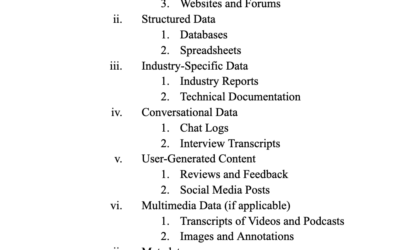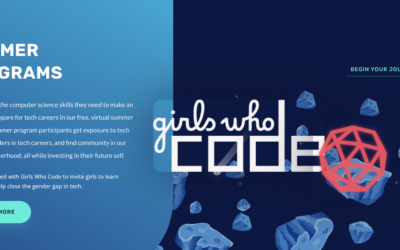This project addresses the challenge of creating accessible, multimodal content that engages diverse learning styles without requiring extensive manual effort. By utilizing NotebookLM, I transformed a static PDF presentation deck into an interactive podcast audio file, allowing learners to engage with the material through auditory content. This solution enhances accessibility and saves time, making it easier to deliver information in multiple formats for different audience needs.
Multimodal Learning Theory
Multimodal Learning Theory suggests that individuals learn best when information is presented in multiple formats, engaging different senses. By incorporating various modes—such as visual, auditory, and kinesthetic—this approach caters to diverse learning preferences and enhances comprehension and retention.
Musical Influences on Video Engagement
This project examines the impact of musical variations on the emotional tone of video content through Multimodal Theory. By using the same video, script, and setting while changing only the music, I demonstrate how different musical soundtracks can evoke shifts in mood—ranging from calm to upbeat to whimsical—showing how music influences audience perception and engagement.
Instructional Design for Kids’ Scratch Games
Leveraging Participatory Design principles, I created and refined the Tunnel of Doom Scratch Camp by gathering real-time feedback from young participants. This approach ensured the curriculum was engaging, accessible, and tailored to meet the kids’ learning needs.
Custom GPT Course for Entrepreneurs
This course started with Ethnographic Research as the foundation for designing with Plain Language Theory and Multimodality Theory, empowering entrepreneurs to effectively leverage tools like ChatGPT to generate various types of documents and marketing copy.
Brand & Website Design for a Kids’ Code Camp
This kids’ website uses Multimodality Theory to create an engaging experience by combining visuals, sound, and text. The design encourages learning through multiple forms of media, making the site both interactive and easy to navigate. By applying clear information design and playful interaction, the site is accessible and fun for kids of all ages.
Video Game Workshop – Floor is Lava
Using Participatory Design techniques & UCD, I designed and facilitated a Kids’ Scratch Camp where participants developed their own video games using Scratch. I created the course curriculum and instructional videos, ensuring alignment with learning objectives and usability best practices.






